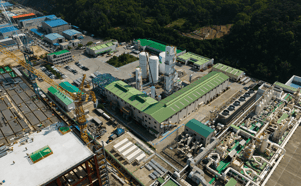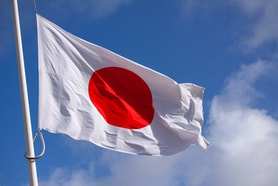Carbon dioxide and the food processing sector
Unlike other commodity gases supplied from merchant plants, carbon dioxide is unique in that it is essentially sold and delivered in three forms or phases; first the applications in the food plant for a gaseous product, such as with gas flush usage for MAP (Modified Atmosphere Packaging); secondly in usage for dry ice, usually rice style dry ice or pellets; thirdly as the largest form of CO2 in the food sector, that being liquid.
The liquid is delivered to the plant site via over-the-road trailers or railcars, and piped into the freezer, blender, and other application’s equipment. This liquid is then flashed to a snow, or a cold gas, and the refrigeration value does its job for the cooling and freezing of the food product. There is also the added benefit of creating somewhat of an anaerobic environment, at least for the short-term.
The lion’s share of food applications, as found in the developed world, would be for processing all types of meat products and frozen specialties. Within the meat sector in the US, in the US Mid South and the Southeast, there are huge regions where poultry processors use significant CO2 tonnage for the preservation of boxed whole or pre-cut birds as dry ice pellets, rice ice, or CO2 snow.
Liquid product is piped into such plants and, usually via automated machines, a select sum of CO2 liquid is flashed into a snow and dropped into the boxes as they travel across the conveyor. This can also be via manually-operated snow horns, or similar devices. Similar applications exist in red meat and pork operations.
... to continue reading you must be subscribed










